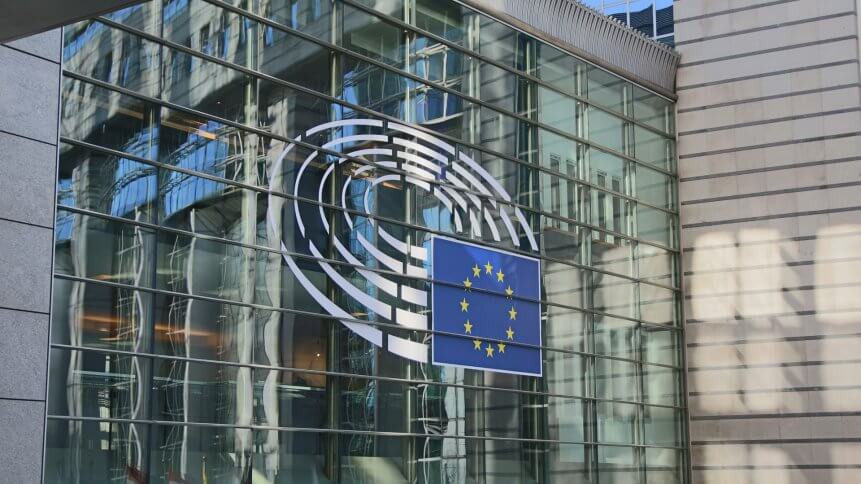Rethinking targeted advertising in an era of GDPR

- GDPR and CCPA are designed to empower consumers with more control over their personal information
- Target advertising relies on the streams of data to provide a comprehensive view of users
Data is often said to be the new oil. It is deemed this generation’s most coveted currency as insights gleaned from data is at the center of everything.
In marketing, the metaphor falls in line with how targeted advertising is gaining profit via the free online services that we use. Through these free online services, marketers are gathering more refined and personalized data to generate leads, increase sales, and enhance the customer experience.
While data has become the new currency that keeps the wheel of marketing and advertising spinning, consumers are unaware of the exact extent of data that is being used to target a product or service towards them.
A turning point to this cycle of targeted advertising is the emergence of stringent data protection laws that changes the advertising landscape forever.
Back in 2018, the EU passed one of the toughest privacy and security laws in the world — General Data Protection Regulation (GDPR) — to give EU citizens more control over their personal data, including how companies gather, store, and use these invaluable data. Even though the GDPR was crafted by members of the EU aimed to benefit EU citizens, many companies in the US and across the world have decided to conform to its regulations. The landmark data protection law came into force in May 2018 and has since handed hefty fines to some of the biggest players in tech.
Across the Atlantic, California passed the California Consumer Privacy Act (CCPA) with a similar philosophy that “gives consumers more control over the personal information that businesses collect about them.”
The emergence of these data protection regulations pushes organizations to employ a variety of steps to comply or face a hefty fine.
Wharton School of the University of Pennsylvania marketing professor Peter Fader stated, “It will force companies to take a closer look at their data infrastructure, much more so than they would otherwise — and we know it’s a big mess out there.”
As a result, brands are making sure web forms are equipped with opt-out checkboxes that require users to consent to before being added to a mailing list. Additionally, companies are obliged to ensure consumers have easy access to privacy statements and can submit requests to access their data or modify and delete their personal information.
GDPR, at its core, is a complex law with consistent policies that ignite anti-tracking moves through browsers; hence, commercially available data is becoming less apparent as companies adhere to these regulations.
YOU MIGHT LIKE

What you can learn from British Airways’ GDPR fiasco
Does this spell the end of targeted advertising?
According to the Managing Director of the UK’s Data & Marketing Association, Rachel Aldighieri, a growing portion of tech-savvy consumers is ready to share their data for services they deemed valuable.
Aldighieri told TechHQ, “Our research shows that customers are reasonably happy with the amount of data they’re sharing, but they want more control, they want more transparency.” In other words, consumer awareness is on the rise and is ready to accept the data value exchange; however, they are seeking brands that can successfully reassure that these exchanges are beneficial and collected data will be securely stored and managed.









